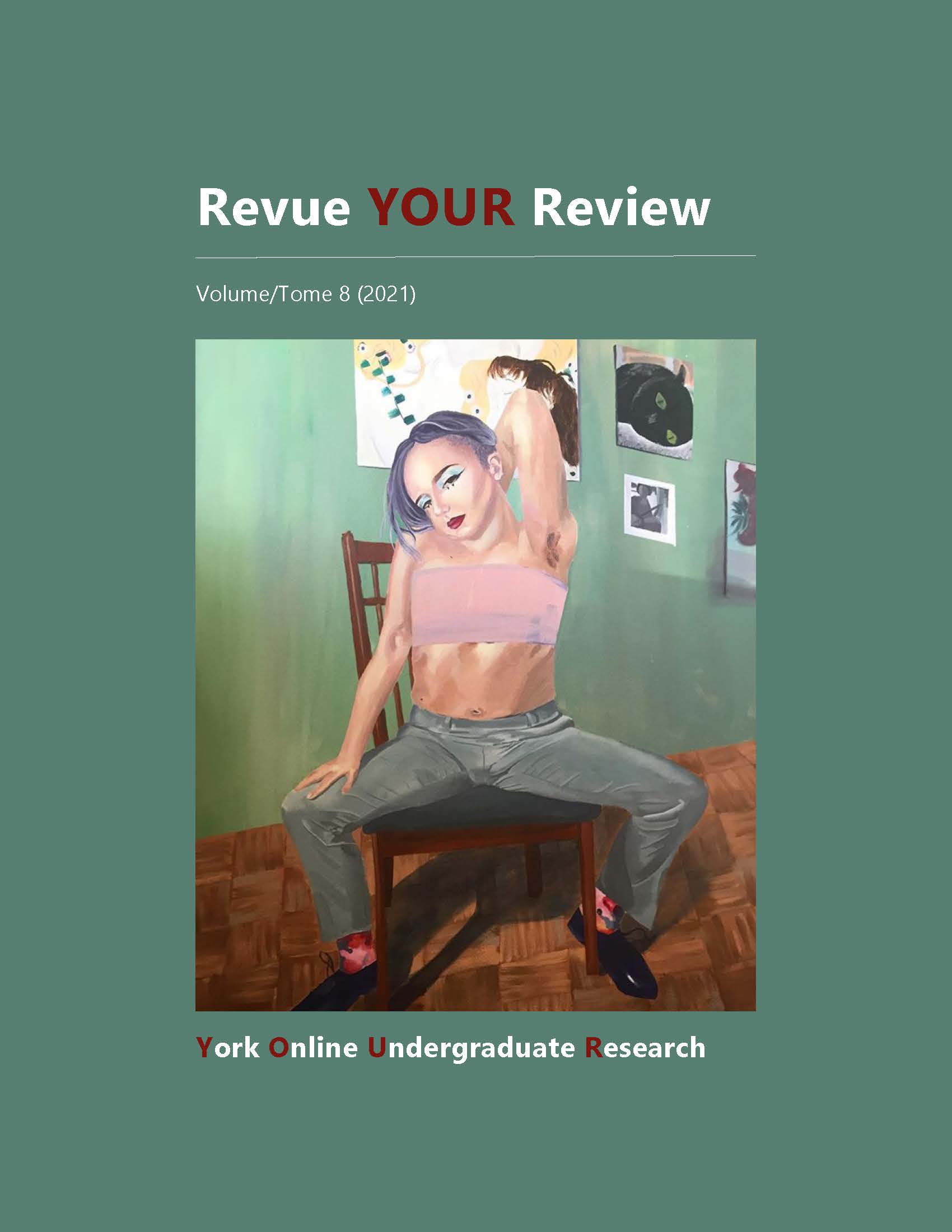How Photography Shaped the Portrayals of Japanese Women in Late 19th- and Early 20th-Century Japan
Keywords:
Japanese photography, Japanese history, Japanese women, 19th century, 20th century, advertisements, Fujin GahōAbstract
Japanese photography, in the new capitalist consumer age of visual media, places women in the role of consumer or site of commodification—objectified as a commodity for monetary gain. While late 19th-century photographs of Japanese women portrayed them mainly in subordinate roles as sites of commodification, it can be argued that photography at the turn of the century introduced women in more dominant roles—as consumers with purchasing power in new forms of visual media, controversial images, and advertisements. This article investigates the history of photography in Japan and its visual representation of women in early media, artistic photography, journalism, and advertisements. By exploring various themes, historical events, and artistic/political movements in late 19th- and early 20th-century Japan, I observe some clear trends and shifts in how women came to be represented, as well as how they chose to represent themselves. Photographs, articles, and a case study of a popular Japanese women’s magazine, Fujin Gahō, reveal how Japanese women were at times a symbol of modernity that challenged old ideas, but also served to promote the traditional image and expectations of Japanese women.
Downloads
Published
How to Cite
Issue
Section
License
Copyright (c) 2021 Beatrice Sohler

This work is licensed under a Creative Commons Attribution-NoDerivatives 4.0 International License.
Authors contributing to Revue YOUR Review agree to release their articles under one of three Creative Commons licenses: Creative Commons Attribution 4.0 International; Creative Commons Attribution-NonCommercial 4.0 International; or Creative Commons Attribution-NoDerivatives 4.0 International. All editorial content, posters, and abstracts on this site are licensed under Creative Commons Attribution-NoDerivatives 4.0 International. For further information about each license, see:
https://creativecommons.org/licenses/
In all cases, authors retain copyright of their work and grant the e-journal right of first publication. Authors are able to enter into other contractual arrangements for the non-exclusive distribution of the e-journal's published version of the article (e.g., post it to an institutional repository or publish it in a book or in another journal), with an acknowledgement of its initial publication in this e-journal.


